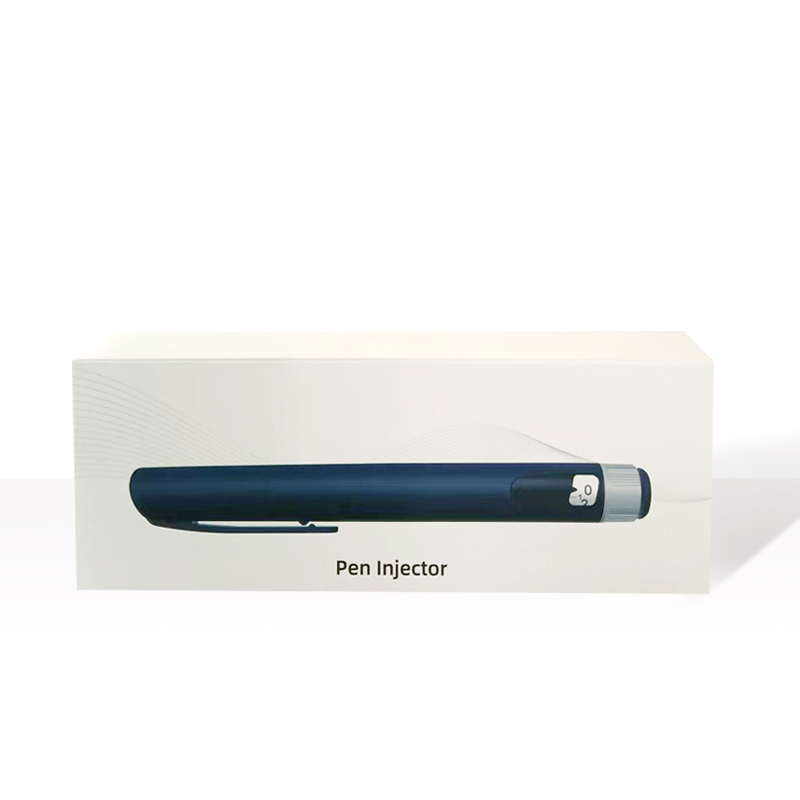

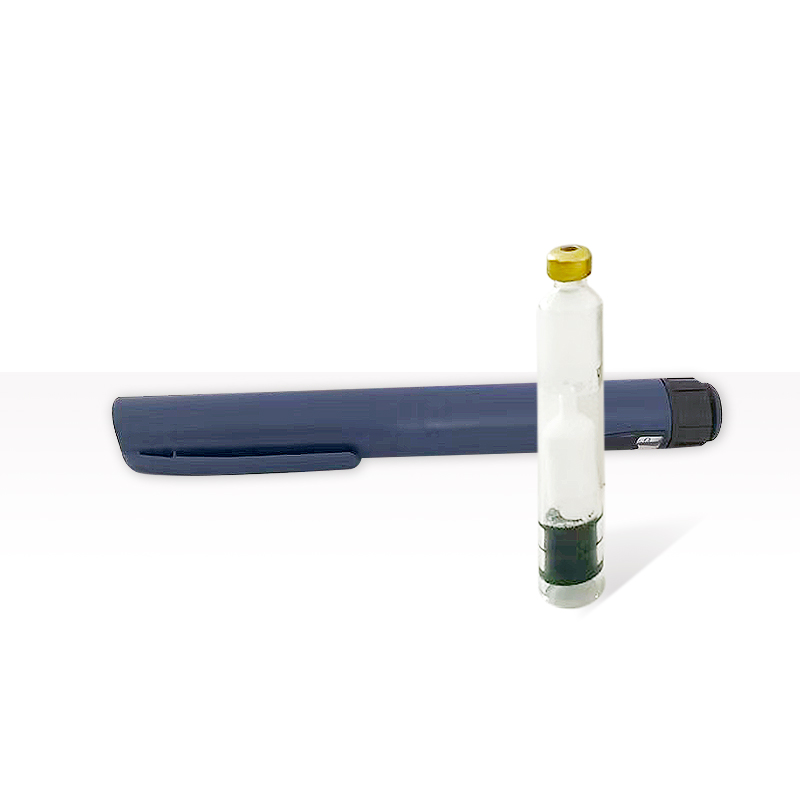
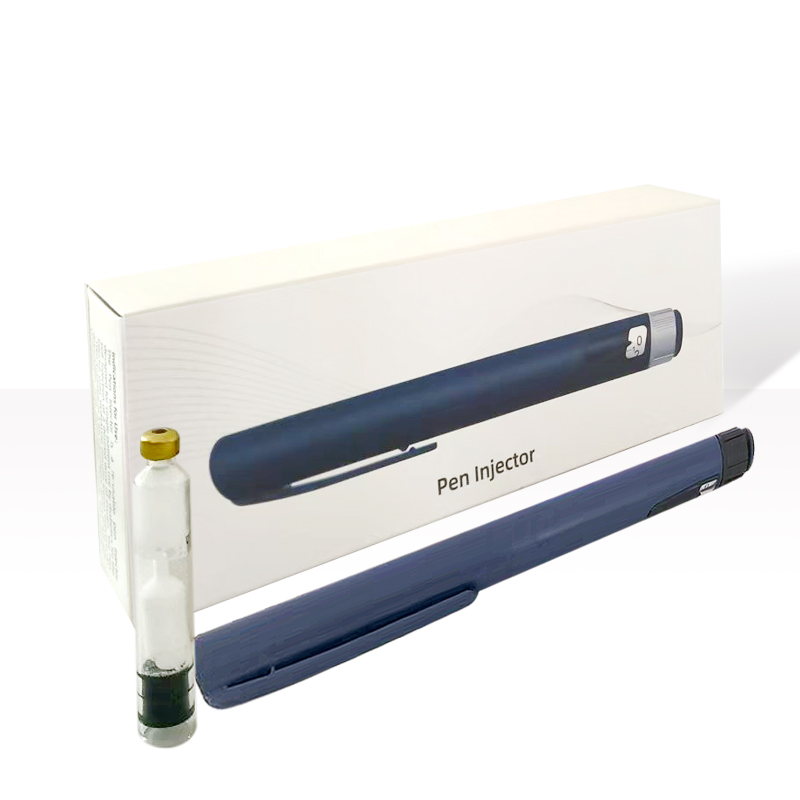
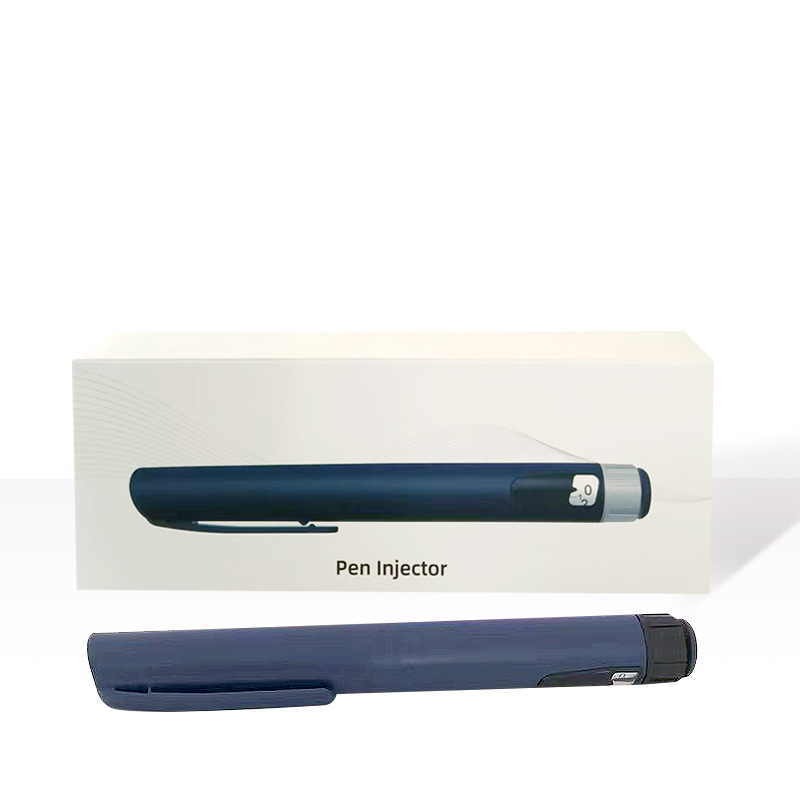
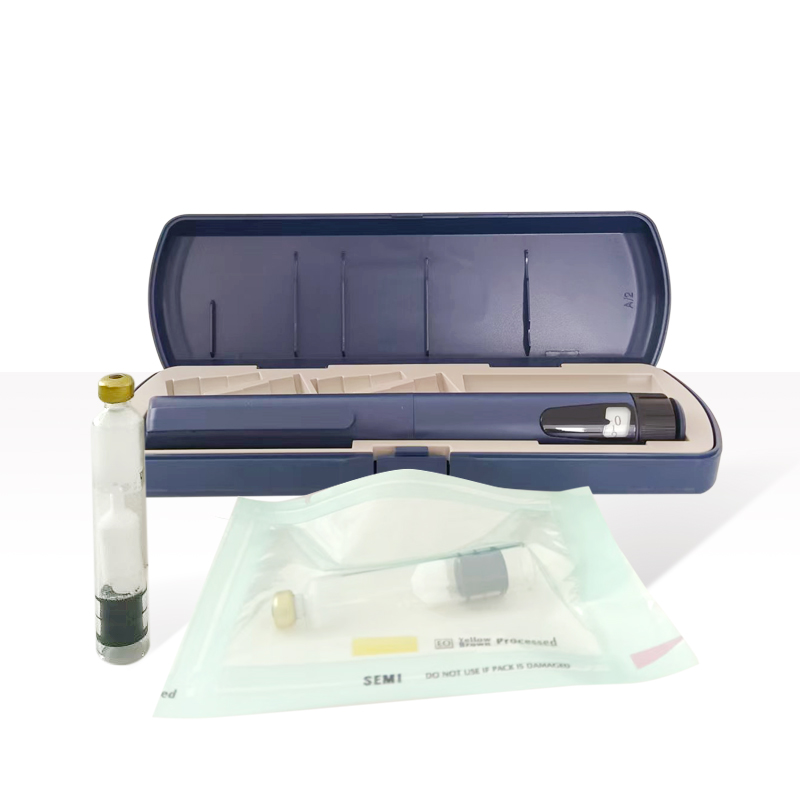
Application Prospects
Insulin injection needles are essential tools for individuals with diabetes who require insulin therapy. With the increasing prevalence of diabetes worldwide, the demand for insulin injection needles is expected to grow. Advances in needle technology, such as thinner and shorter needles, are aimed at reducing pain and improving patient compliance. Additionally, the development of insulin pens with integrated needles has simplified the injection process, making it more convenient for patients to manage their condition.
Dosage and Usage
- Dosage: The dosage of insulin varies depending on the individual's blood glucose levels, diet, and physical activity. It is crucial to follow the prescribed dose by a healthcare provider.
- Injection Technique:Wash your hands thoroughly before handling the insulin and needle.Prime the insulin pen by dialing up 2 or 3 units and pressing the dosing button to ensure insulin flow.Insert the needle at a 90-degree angle into the subcutaneous fat, usually in the abdomen, thigh, buttock, or upper arm.Press the plunger slowly to inject the insulin and keep the needle in place for about 10 seconds to ensure complete delivery.Rotate injection sites to prevent lipohypertrophy and ensure even insulin absorption.
Safety Precautions
- Needle Use: Always use a new needle for each injection to avoid pain, infection, and inaccurate dosing.
- Needle Disposal: Dispose of used needles immediately in an FDA-approved sharps container to prevent needlestick injuries.
- Hygiene: Clean the injection site with an alcohol swab and allow it to dry before injecting.
- Avoid Sharing: Never share needles to prevent the transmission of blood-borne pathogens.
Storage
- Needles: Store insulin injection needles at room temperature, away from moisture, heat, and direct sunlight. Keep them out of reach of children and pets.
- Insulin: Unopened insulin should be stored in the refrigerator, while opened insulin can be kept at room temperature (15°C to 30°C or 59°F to 86°F) for up to 28 days. Avoid freezing insulin as it can damage its structure.
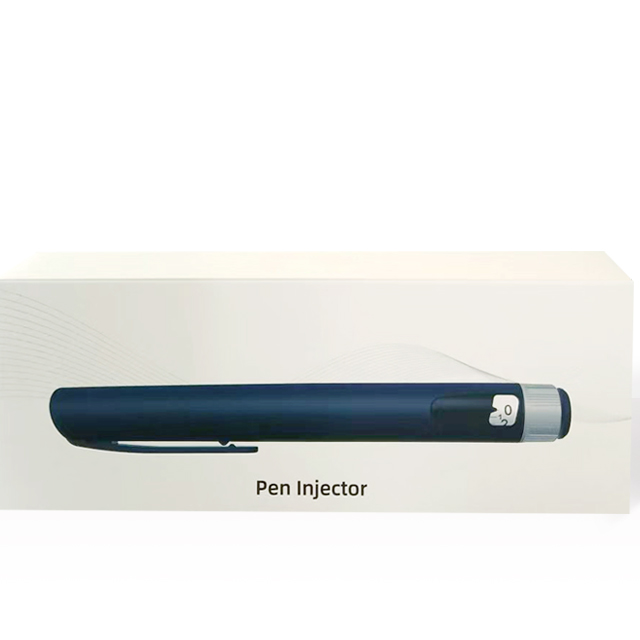








 2006-2025 上海博華國際展覽有限公司版權(quán)所有(保留一切權(quán)利)
滬ICP備05034851號-57
2006-2025 上海博華國際展覽有限公司版權(quán)所有(保留一切權(quán)利)
滬ICP備05034851號-57